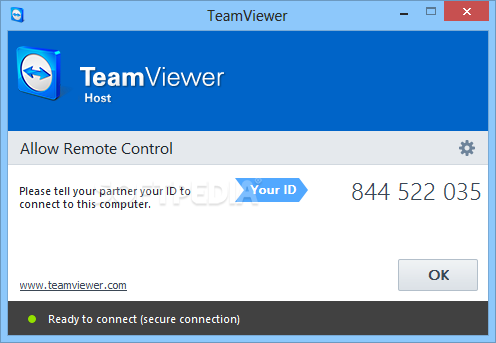
Unlike earlier, you now need to authorize new devices accessing the account. Note that the "add device to account" functionality is kinda pointless these days.


Compile the script into an actual executable, see the AutoIt documentation for details.I am in no way associated with the product or company, and without doubt they don't endorse this script. TeamViewer is a registered trademark by TeamViewer GmbH. See the LICENSE file, or the GNU website, for details. This project is licensed under the GPLv3. I'd probably just send the username to the clipboard, pause and then send the password to the clipboard.This script does "remote control" the TeamViewer and TeamViewer Host installers to allow heavy users to deploy it unattended, without being forced to use the (imho way to expensive for private usage) MSI package. & "C:\Tools\CmRcViewer\CmRcViewer.exe" $computer #Start CmRcViewer and provide credentials $LAPS = Get-ADComputer -identity $computer -Properties * | Select-Object -ExpandProperty ms-mcs-admpwd

#Retreive LAPS password from Active directory. ::LoadWithPartialName("microsoft.visualbasic") So I would like to know if there is a possibility to do that since I haven't found anything like that so far, the only idea that comes to mind is to launch it and have it just write in the credentials.ĮDIT: Just wanted to mention that I found a way on how to do it, while not as good as I wanted it is a lot faster than doing it manually, plus creating a form for it and afterwards converting it to an. I know that you can launch it and specify the computer you want to connect to, however afterwards you still need to enter the credentials, in my case LAPS credentials, which is very tedious. While I'm still fairly new to powershell I was wondering if there is a way to launch cmrcviewer via powershell and have it auto-fill the password, I know you can do that with Invoke-Command, but that is an actual powershell command while cmrcviewer is just launched from its directory.


 0 kommentar(er)
0 kommentar(er)
